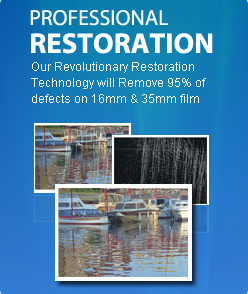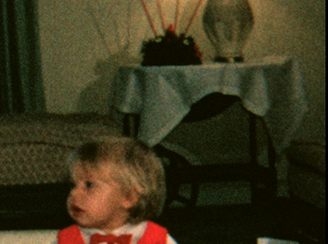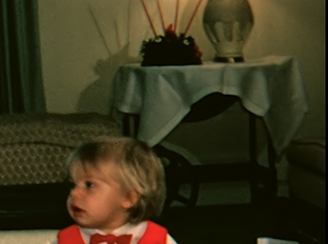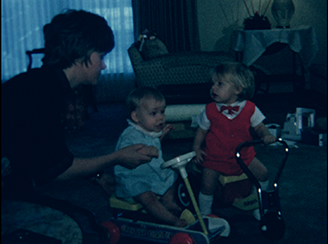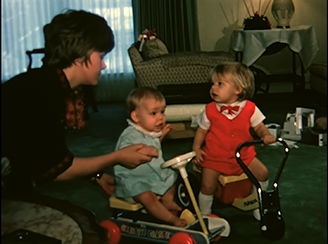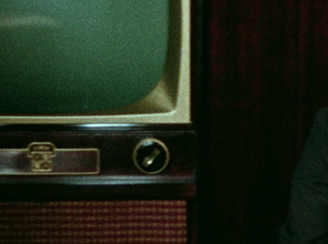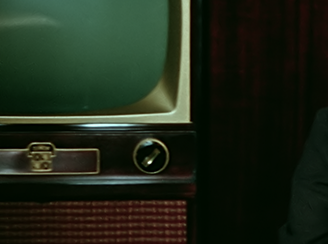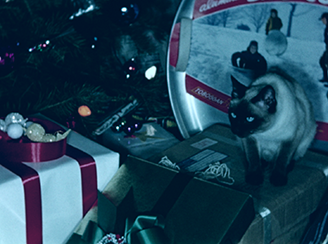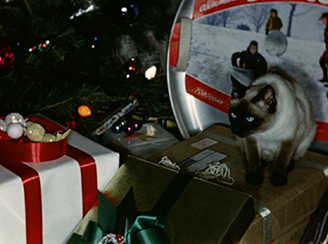
Pro Hollywood Restoration Lawrence
We offer 3 restoration options. Color Correction, Grain Elimination and Stabilization Technology.
About 90% of our Lawrence customers want the color correction and about 75% do the grain elimination. We do also offer image stabilization. It adds a nice touch to those old home movies.
Color correction is very important for amateur film because we will be able to recover more footage that was shot too dark or has darkened as part of the aging process. The scanner monitors the light and color balance and will change it based on pre-determined algorithms. This means it will pump more light through film that is dark and it will back off on film that is too bright. This will allow us to recover footage that would normally be too dark or too light. In addition, after the scan, an editor will go through the footage looking at skin tone and things like the color of the sky to order to make sure it looks correct. You can see in the examples below how much better the images look with our 2 pass color correction.
Grain is on all film. Look at the "Before" picture below compared to the "After" picture. These little dots muddy up the image and take away from the content you care most about. Now, look at the After picture on the right. This is what you really want to see. We do recommend Grain Elimination on all film for our Lawrence customers.
Most amateur films have some stabilization issues just because of the way the film was shot. But, most people are used to seeing this on old movie film (See example video clip below). So, we see stabilization as a nice to have but not required. If you can afford to do it then we would recommend it. If it pushes you outside your budget then we would just recommend the Grain Elimination technology.
Super 8 Film Examples Lawrence
|
|
Before |
After |
|
|
|
|
Before |
After |
16mm Film Examples
|
|
Before |
After |
|
|
|
|
16mm Before |
16mm After |
Lawrence Fun Facts: Efforts such as this prevented Kansas from becoming pro-slavery, a choice which in later years would lead to some bloody encounters in Lawrence involving factions from the neighboring slave state of Missouri. During the Civil War, Confederate guerrillas led by William Quantrill burned most of the houses and commercial buildings in Lawrence and killed close to 200 men they found in the city. The notorious incident came to be known as "Quantrill's Raid". A much more positive development occurred a few years later in Lawrence when the University of Kansas was founded in 1865 under a charter granted by the Kansas Legislature.
Kansas Fun Facts: military installation Fort Leavenworth. In 1954, it became a battleground of the civil rights movement when the landmark Brown v. Board of Education of Topeka case was decided in the Supreme Court, ending the doctrine of “separate but equal” in public schools. Kansas is also known for its contributions to jazz music, barbecue and as the setting of L.

